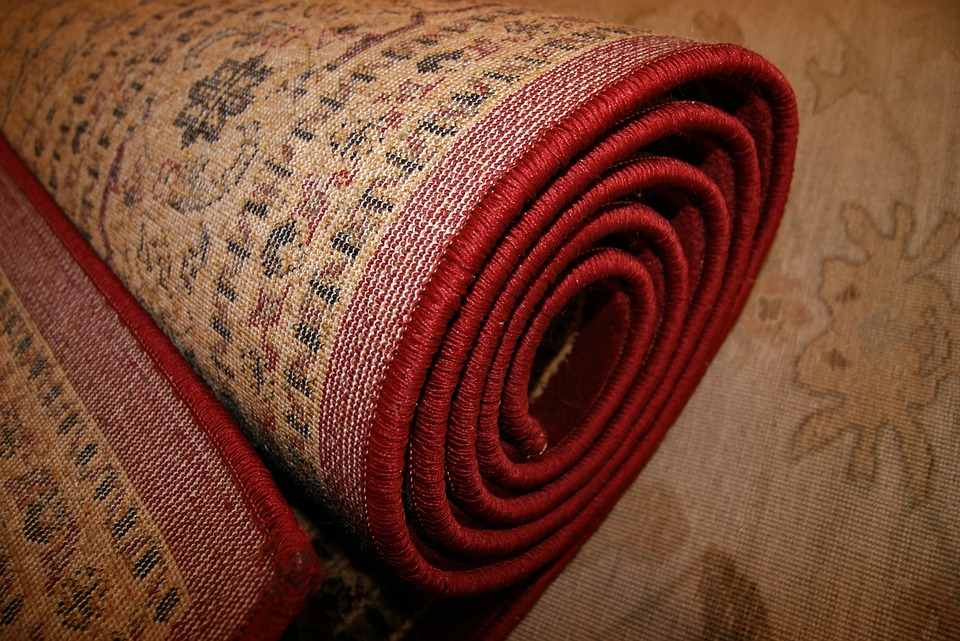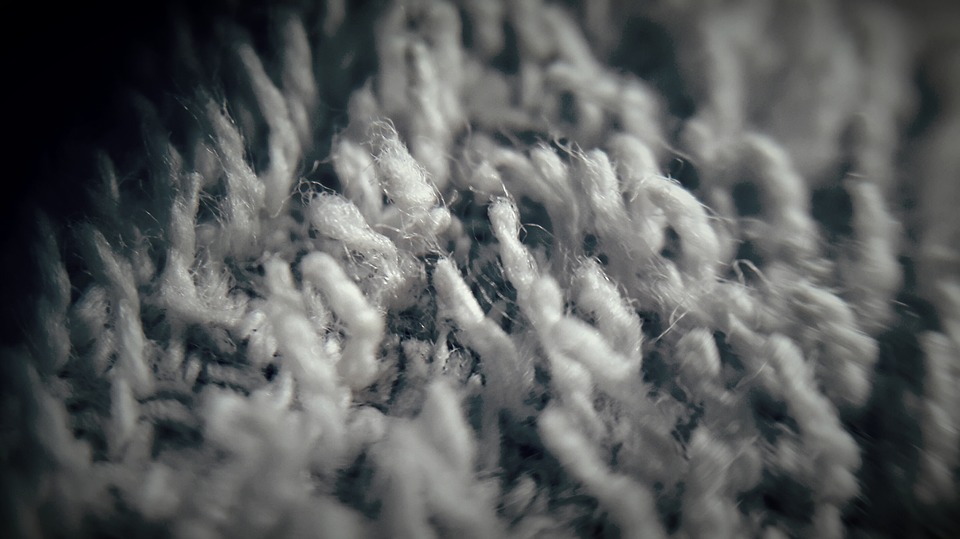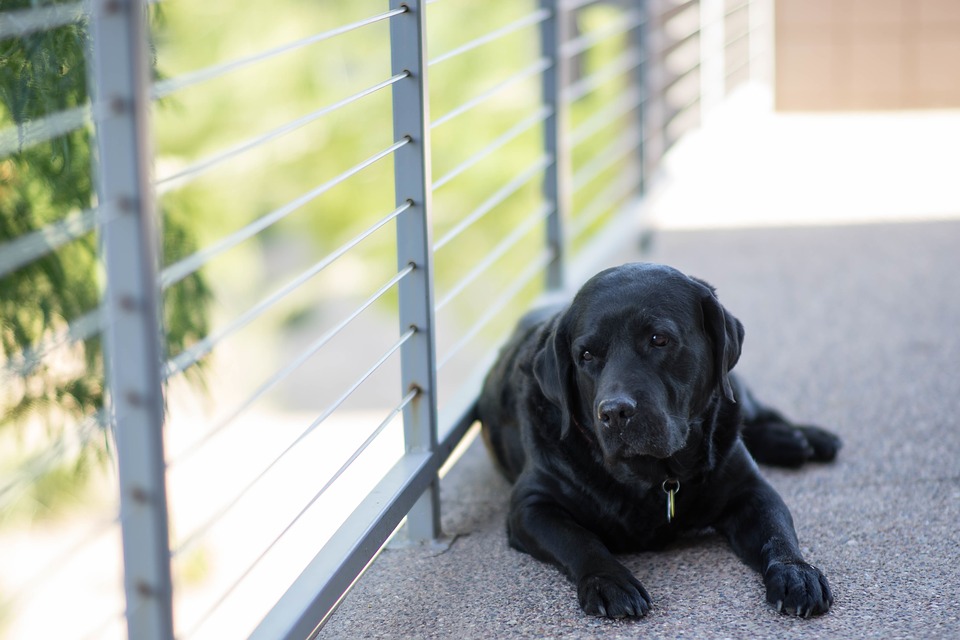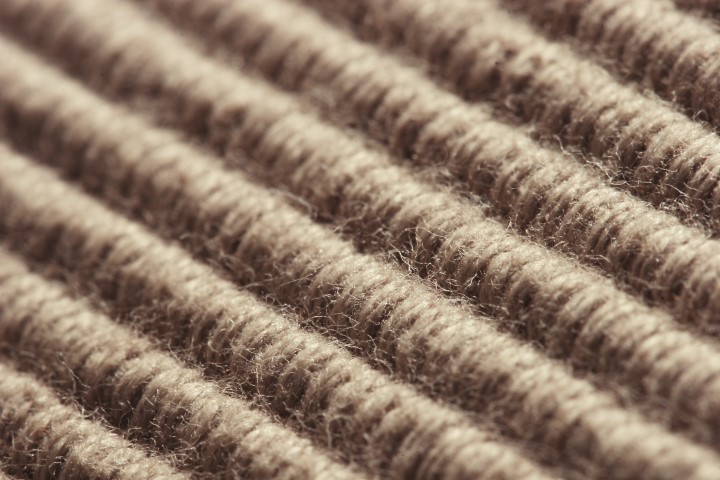It wouldn’t be unfair to say that carpets were among the most important discoveries that humanity has ever made right next to the wheel. Fuzzy and warm, these pieces of dishevelled fabric offered comfort in the long, stone-made castle halls and in the much more humble straw and clay cottages. Even in a day and age when we are blessed with virtually endless flooring options, such as hardwood, linoleum, laminate, vinyl, rubber, or even bamboo flooring, we still end up snagging a carpet or two just because they feel cosy and familiar. However, carpets can become a very unsightly health hazard should they be left neglected for long periods of time.
For this reason, knowing how to maintain your carpets is not just useful – it’s also mandatory. In the guide below, you will find everything you need to keep your rugs in perfect shape.
A Brief Look at the Most Widespread Types of Carpeting
Knowing what type of rug you have will help you extend your carpet’s lifespan by a few extra years. Below are some of the more popular types of rugs and proper ways of cleaning them. To be on the safe side, always check the care instructions of your rug before doing any treatment.
1. Handmade rugs
These varieties are pretty easy to maintain. In case a beverage has been spillt or if you’ve accidentally dropped some food on the floor, try to clean up the stain as soon as possible. Once you’ve blotted any excess liquid, apply a bit of soapy water onto the stains and you’re set. Keep in mind that these carpets need to be cleaned on a frequent basis in order to look their best.
2. Oriental rugs
Due to their unique texture patterns, the best thing you can do to keep Oriental rugs clean is to vacuum them. If you own an antique Oriental rug, then you’ll need to take extra precautions. Such include the use of a nylon screen, which you’ll need to place over the rug before hoovering the surface. Professional assistance is recommended in case you’re facing stubborn stains.
3. Woven and braided rugs
Before cleaning these rugs, always check if any of the stitches are broken. Based on this, some of your carpet’s areas may have to be subjected to lighter treatments or even repaired first in more severe instances. You’ll also need to find out if your rug is washable by reading its care tag. If you’re good to go, make sure to place the rug in a zippered pillowcase or inside a netted laundry bag and wash it on a low- temperature setting. Add an extra rinse cycle for better results.
4. Sheepskin rugs
Talcum powder is your best friend when it comes to cleaning these. For this powder to have any effect, however, it needs to remain on your rug’s surface for a long time. That’s why it’s recommended to do this treatment just before bedtime. Simply leave the talcum powder to stay overnight, then sweep and shake the rug well in order to dispose of the remaining powder. Note that this process will need to be repeated several times in order to achieve any visible results.
5. Natural fibre rugs
Examples of such carpets include ones made from rush or grass. What makes them unique is their open weave design, which allows dirt to pass through unhindered. As a result, vacuuming the carpet on both sides and underneath will usually be enough to keep it nice and fresh. However, things become much more complex once a spillage lands on the rug’s surface.
When that happens, you should act quickly as prolonged exposure to any liquid will weaken the carpet’s fibres. To treat the blemishes, make sure to protect your flooring first by placing a plastic drop cloth and a towel underneath. Then, dip a soft brush in soapy water and carefully scrub the stains. Once you’re done, place a large towel on top to soak in the remaining moisture. To avoid any damages, use a small fan or a hair dryer to speed up the drying process.
6. Tea-washed rugs
The best way in which you can clean these is by applying a special rug shampoo to their surface. Dilute the shampoo in cold water and apply it to the soiled area, then rinse.
* Pro tip:
“If you own a loop pile carpet, use a cylinder cleaner with a suction head attachment. If you own a cut pile rug, use an upright vacuum cleaner with a beater bar and brush attachment.” – D.K. / carpet cleaning professional at Fantastic Cleaners

Everything You Need to Know to Keep Your Carpets Fresh
Knowing whether you have natural fibre or sheepskin is just the start. Smaller details, such as your carpet’s size, whether you own a pet, and whether you need to clean the carpet padding can considerably alter your maintenance routine. Here are some basic tips to get you started.
Size does matters…
1. Cleaning large rugs.
When it comes to cleaning, bigger carpets don’t really differ that much from their “regular” brethren. What you’ll need to do here is make sure that both sides of the rug, as well as its padding, are thoroughly vacuumed. This will ensure that your carpet will not wear out overnight.
2. Cleaning small rugs.
Due to their tiny size, you can remove any accumulated dust and dirt by simply shaking it off at your nearest balcony. If you are a London resident, however, be extremely careful not to clean any small rugs or doormats in such manner after 8 a.m. as both actions are punishable by law.
…And so does placement
An important factor in the world of home design, proper rug placement will also ensure that your piece of walkable fabric will not lose its bright colours or neat shape. For instance, placing any rug next to a curtainless window is inadvisable, since prolonged exposure to direct sunlight will cause its colours to fade. If on, the other hand, your room features heavy furniture, make a rearrangement or use furniture cups to avoid visible indentations in your carpet and underlay.
* Pro tip:
“Make sure to turn your carpet at least once every year. This will ensure that the foot traffic will be equally distributed across your carpeting surface, reducing the signs of wear.” Martina leading editor at AllFlooring.org
How to remove pet hair
To avoid a situation where your guests think up all sorts of polite excuses not to step on your rug, make sure to frequently vacuum the fabric with a special pet hair attachment. If you don’t own one, don’t worry – cleaning your fluffball’s matted coat off your carpet is just as easy with a stiff-bristled brush. For rugs that are not allergic to water, you can also spray a mop or a sponge with water and collect the hairs that way. Then, simply vacuum the rug one more time once the area is dry.
Stinky odours begone!
The strong smell of, say, cigarette smoke or any dish with Brussels sprouts or garlic in it, can be easily countered with a dash of baking soda due to its ability to neutralise odours of acidic origin. While letting the soda sit for about half an hour will usually get the job done, leaving it overnight is by far the better option. On the next day, make sure to broom away as much baking soda as you can before hoovering the carpet as too much soda can damage your vacuum cleaner.
You can also spray your carpet fibres with a mixture of water and vinegar. Once you’re done, wait for at least 30 minutes before blotting the area with a clean cloth. Spraying your rug with diluted hydrogen peroxide is also an option, but you should always test this method in an inconspicuous spot first as you may end up discolouring the fabric. If none of the options mentioned so far seems appealing, then simply open all windows to let some fresh air in!
How to clean carpet padding
Unfortunately, the saying “Out of sight, out of mind” does not apply to carpet padding. In fact, the latter has a high chance of becoming stained from almost any spill or pet accident. The bad news is that, in doing so, rug paddings absorb all moisture, which is then stuck between the carpet and the flooring – a process that often results in musty odours and indestructible stains.
To prevent this from happening, lift the stained carpet to reveal its pad. Then, blot the stained area using clean rags to absorb the moisture. Now, mix a ½ of white vinegar with a quart of lukewarm water and spread the mixture over the entire carpeting, focusing your attention on the affected areas. After waiting for about 30 minutes, rub in warm, soapy water into the padding with the sponge, then rinse the soap with cold water and dry the padding with a portable fan.
* Pro tip:
“To treat sheepskin padding, refresh it with a clean cotton cloth and lukewarm, soapy water. After wiping off any stains or spills, wipe the affected areas with a damp cloth and allow the padding to fully dry out before rolling it back.” – Simon Gray, professional at Domestic Cleaners London
Erase the Troublesome Stains with These Handy Recipes
According to the experts at Fantastic Carpet Cleaners in London, you should do your best to “remember to blot – not rub – the stain and remove moisture from spills as quickly as possible!” However, this is just half of the work. The other half is to figure out which recipe to use:
- Alcoholic beverages: mix a solution of 1 teaspoon of liquid dish soap, an equal amount of warm water, and ¼ teaspoon of white vinegar. Then, apply the solution to the smudge in question, rinse the concoction once you’re done, and blot using a clean, white rag.
- Tea and coffee: use the same mixture as the one above. If, after rinsing and blotting the stain, there are still some traces left, erase them using a commercial spot carpet cleaner.
- Greasy smudges: a dry-solvent carpet cleaner will serve you well when dealing with a variety of greasy foods, including butter, cooking oil, or gravy stains.
- Chewing gum: peel off what’s on the surface, then harden the gum by wrapping ice cubes in a towel and placing them on top. Use a blunt knife to remove the remaining chewing gum. For stickier situations, vacuum the area or use a dry-solvent spot cleaner.
- Paint splashes: acrylic and latex stains are best cleaned while they are still fresh with a dash of rubbing alcohol. If you’re dealing with an oil-based paint, apply odorless mineral spirits on a sponge, but try not to overdo it – a damp sponge will do just fine.
- Tomato sauce: use a sponge soaked in cool water and a citrus-oxygen cleaner to dab the stains, then clean the remains using a solution of 1 cup white vinegar and 2 of water.
- Candle wax: apply ice cubes just as you would to remove a chewing gum. Then, pour some rubbing alcohol on either a cloth or a cotton ball and blot the remaining wax out.
- Blood: the trick to removing this stain is to always apply cold water, otherwise the blood will be there to stay. Try spraying the stain with water and blot with a clean towel. If that doesn’t work, mix a tablespoon of dishwashing soap and 2 cups of cold water.
- Urine, feces, or vomit: apply a citrus-oxygen cleaner to the stains, then blot and dry.
* Pro tip:
“Never rub the stain as this will permanently change the pile’s colouration and general appearance. Instead, aim to blot as much of the stain as possible with either a clean cloth, kitchen towel, or tissue before using any home-made recipes or detergents.” Mary Dalton / professional at Mad Interior Design
Top Tips to Keep In Mind When Performing Deep Cleaning
- Consult your care label when washing small rugs. This will let you know if you can dry clean, spot clean, or launder your carpet.
- Be careful if the label permits spot cleaning. Always test the detergent in a hidden spot first to protect your rug from discolouration.
- If laundering, use a zippered pillowcase. This way, your carpet will not get damaged by the agitator. You can also prevent the fringes from tangling into a knot by dividing them into several hanks and wrapping each individual fringe with a piece of white string. Then, simply set your washing machine to a gentle cycle and wash the rug with cold water.
- Avoid drying your rug on a single clothesline as it will deform its natural shape. Instead, opt for a clothes drying rack, a slatted picnic table, or simply stack several bricks and take the carpet outside. Small rugs can be placed on tables or counters, as long as the latter are covered in some form of protection, such as cloth, towels, or blankets.
- You can clean most large carpets by applying a carpet cleaning foam. Just place the rug on either a vinyl or a concrete surface, follow the manufacturer’s instructions when applying the foam, then rinse and vacuum the surface.
Final take out and dash of advice:
Before making a purchase, always ask your vendor to inform you about the materials, from which your rug is made of, as well as if it comes with any specific cleaning instructions.







